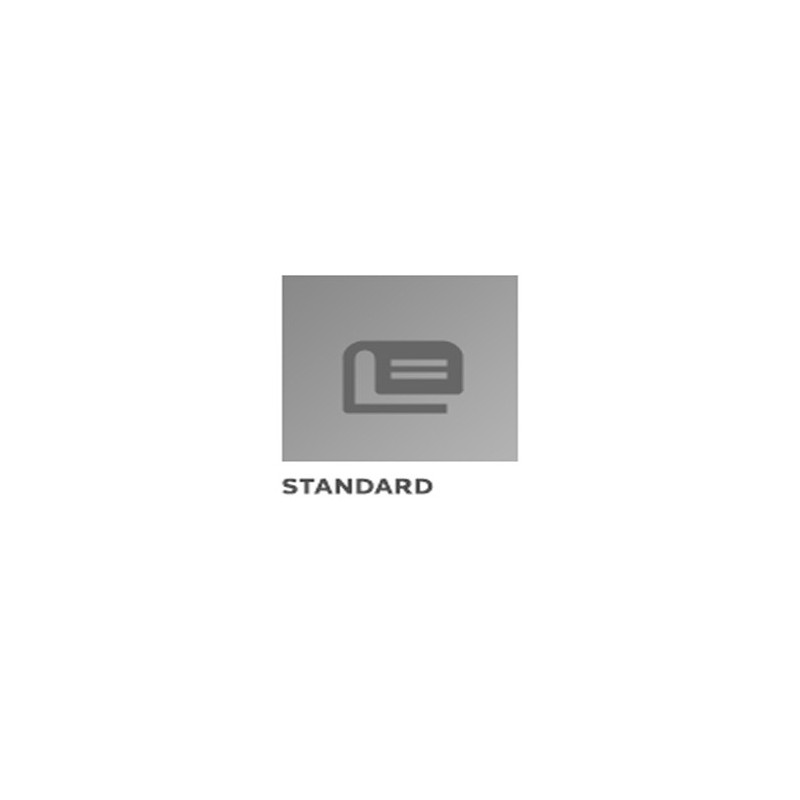Description / Abstract:
Class 1 plating: Class 1 plating is applied as a decorative
finish, usually over nickel, or copper and nickel, on basis metals
such as iron and steel, copper and copper-base alloys, and zinc and
zincbase diecasting where necessary to protect the basis metal from
corrosion and wear and to provide a pleasing appearance. The
function of the underlayers of nickel is to provide a pore-free
continuous underplate for the chromium outer layer. Generally, the
thicker the nickel layer, the better the corrosion resistance. The
systems of an outer layer of chromium over the combined plated
nickel and copper are generally used in a combined total thickness
of 0.0001 to 0.002 inch (2.5 to 51 µm) depending upon service
conditions and the basis metal.
Chromium platings 0.0005 inch (13 µm) or more in thickness are
likely to crack nickel plating on brass basis metal. The minimum
thickness of chromium should be obtained under conditions such that
the maximum thicknesses are less than 0.00005 inch (1.3 µm).
Class 2 plating: Class 2 plating, also known as "industrial
chromium" or "hard chromium", is used for wear resistance, abrasion
resistance and such incidental corrosion protection of parts as the
specified thickness of the plating may afford. Engineering chromium
is usually applied directly to the basis metal and is finished by
grinding to the specified dimensions. It lacks the brightness of
class 1 plating. Additional corrosion resistance can be obtained by
use of an undercoat of electrodeposited nickel in thickness of
0.001 to 0.002 inch (25 to 51 µm) on ferrous parts, the minimum
thickness to be determined by service conditions. Heavy deposits of
the class 2 plating may be used for buildup of worn or undersized
parts, or for salvage purposes, and to provide protection against
corrosive chemical environments. Final grinding of the chromium
plating can increase the number of cracks in the deposit. For
greater corrosion resistance, based upon equal thickness, unground
deposits should be selected rather than ground deposits.


